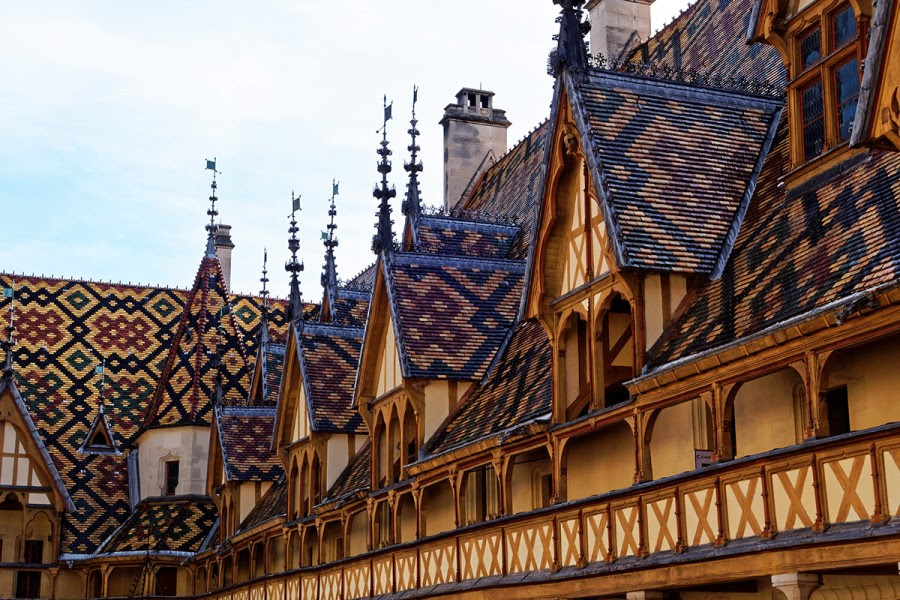Art and Roofing Parallelism

I would like to say that this short article was mainly inspired by Brunno Batista. For a while his post “who says that roofing is not art” has been pooping on my wall at #linkedin as its algorithm imposes on me what this #ai assumes and, maybe, conditions me on what to see and read. But that is a different article.

Roofing systems have been an essential part of human #civilization since ancient times.
The evolution of roofing systems is a testament to human ingenuity and creativity. From simple shelters made of mud and thatch to complex structures made of metal and glass, the roofing systems have come a long way.
The evolution of roofing systems is closely linked to the evolution of #architecture, and hence to #art. Roofing systems were initially made of natural materials such as leaves, grass, bark, and thatch. These materials were readily available and easy to work with. However, they were not very durable and required constant maintenance. Despite their limitations, thatched roofs remain a popular roofing option in some parts of the world, particularly in rural areas.

As #human #civilizations progressed, the roofing systems evolved.
The Ancient #Egyptians were one of the first to use flat roofs made of sun-dried mud bricks. The Greeks and Romans used clay tiles and slates to create sloping roofs with decorative finishes. These roofs were not only functional but also aesthetically pleasing. The Byzantines took this further by creating domes, which were not only functional but also had a symbolic and religious significance.
The Middle Ages saw the development of the #Gothic style of architecture, which was characterized by vaulted ceilings and pointed arches. This style also led to the development of complex roofing systems, including ribbed vaults, groin vaults, and fan vaults. These roofing systems were not only functional but also highly decorative, with intricate carvings and sculptures adorning the roofs.

During the #Renaissance period, there was a revival of classical architecture, which had a significant impact on roofing systems. The use of #terracotta tiles became popular, and elaborate #roofscapes were created, featuring gables, pediments, and balustrades. The #Baroque period saw the development of curved roofs and cupolas, which were often covered in colorful glazed tiles.

The #Industrial #Revolution brought about significant changes in the roofing industry. With the invention of new materials such as #corrugated iron and #asbestos cement, it became possible to create lightweight and durable roofing systems. These materials were affordable and easy to install, and they quickly became popular, particularly in urban areas.

The #20thcentury saw the development of new materials such as glass and plastics, which enabled the creation of innovative roofing systems. Today, we have an array of #roofing options available, including asphalt shingles, metal roofing, concrete tiles, and solar panels.
In conclusion, the evolution of roofing systems has been a continuous process, closely linked to the evolution of architecture and art. From humble beginnings with natural materials to the use of innovative materials, roofing systems have come a long way. The development of roofing systems has not only been driven by practical considerations but also by aesthetic considerations. Each era has left its mark on the roofing industry, and the result is a rich and diverse array of roofing systems that reflect our ingenuity, creativity, and #cultural #heritage.
Tag:architecture, art, history, roofing



